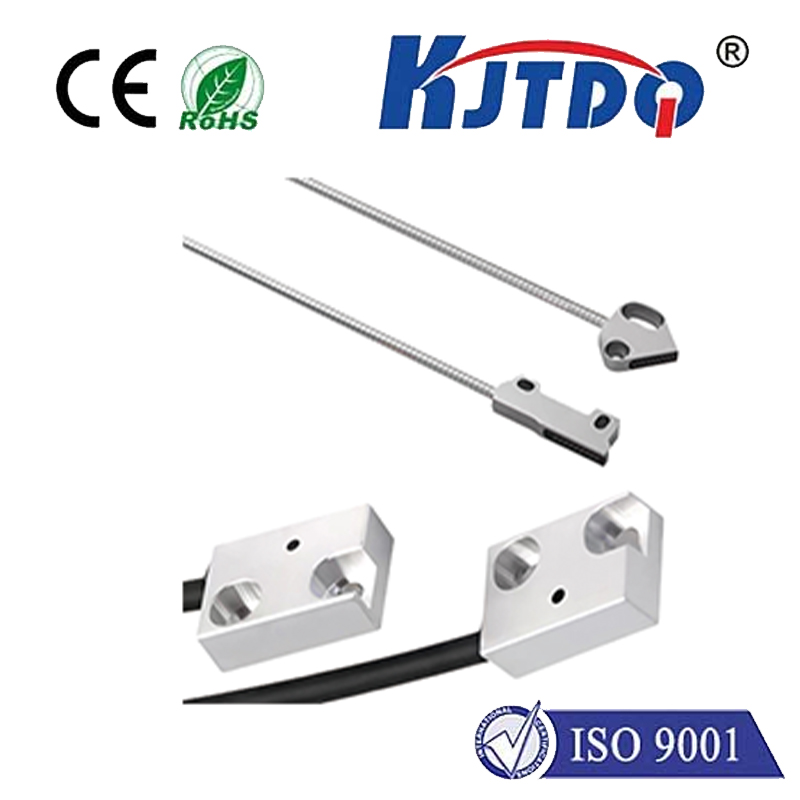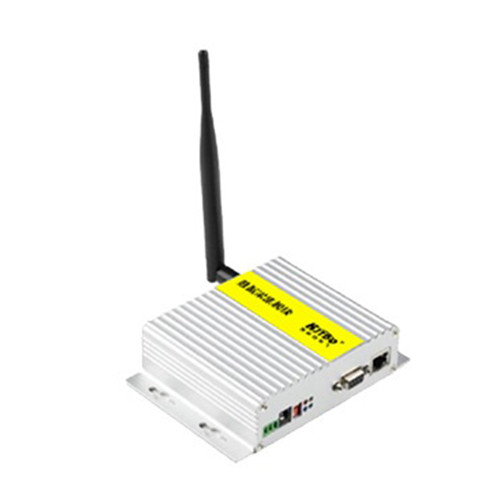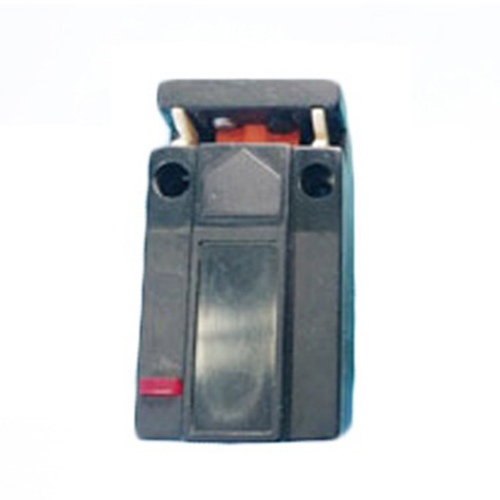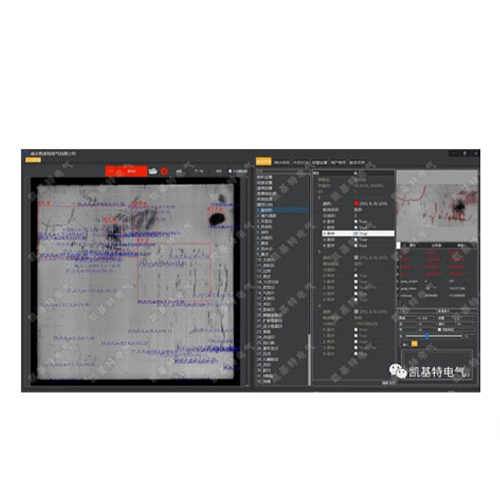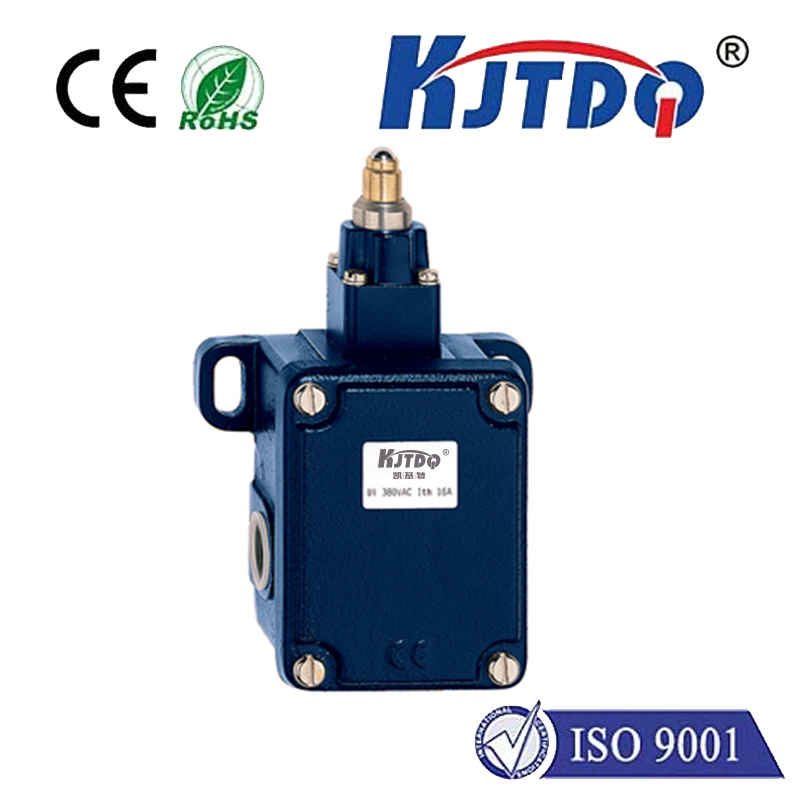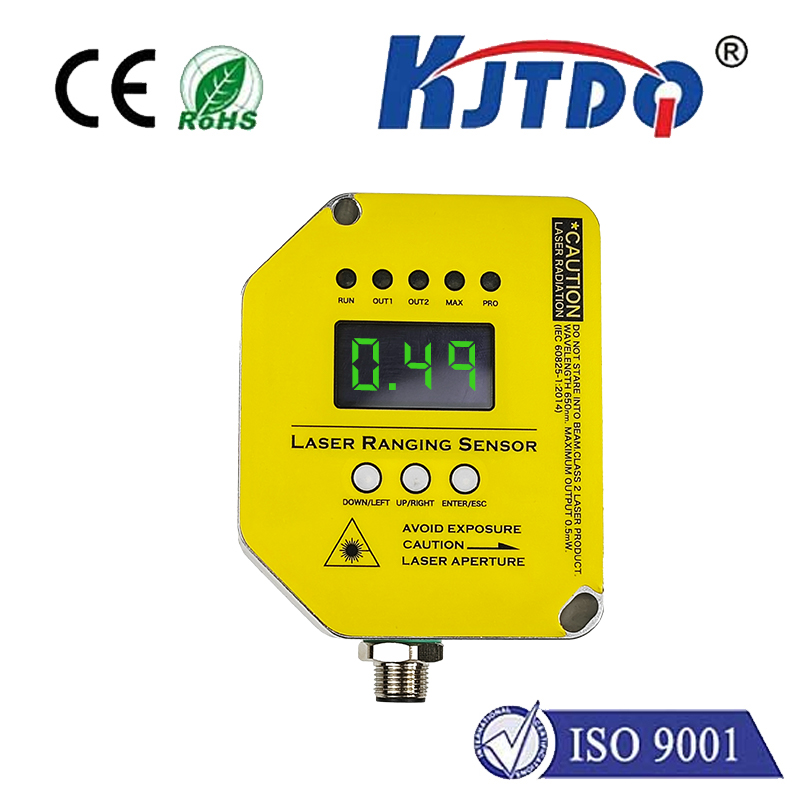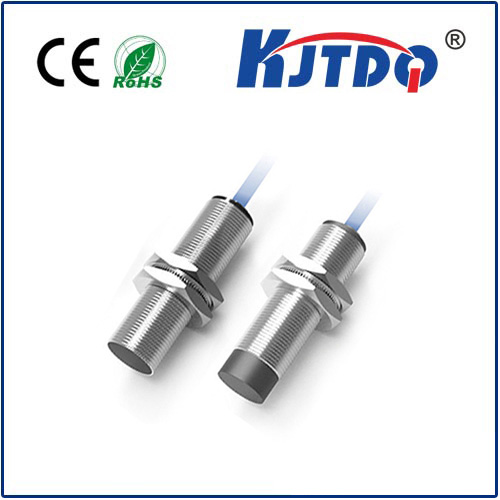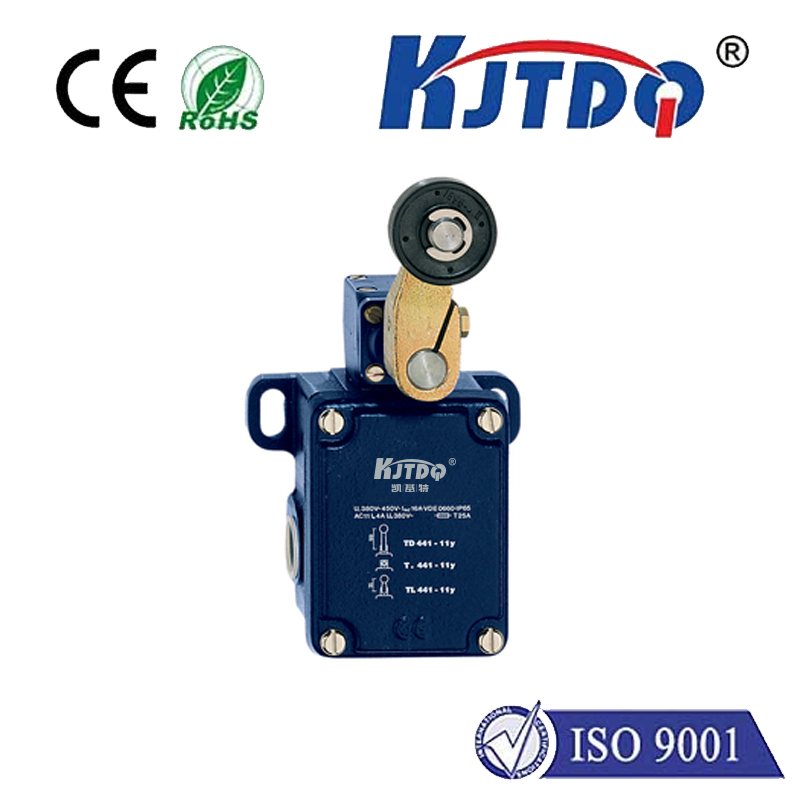Фотоэлектрический датчик Jigo
- time:2025-07-25 01:26:46
- Нажмите:0
Jigo Photoelectric Sensors: Precision Detection Powering Modern Automation
In the relentless pulse of modern manufacturing and logistics, reliability is non-negotiable. Machines must “see” with unwavering accuracy, detecting objects, verifying positions, and counting products at breathtaking speeds, day in and day out. When fractions of millimeters or microseconds matter, conventional solutions falter. This is where the sophisticated technology of Jigo photoelectric sensors steps into the spotlight, offering the precision, versatility, and robustness demanded by today’s complex automation challenges. Understanding how these sensors work and where they excel is key to unlocking greater efficiency and reliability in countless industrial applications.
Demystifying the Photoelectric Sensor: Light as the Key
At its core, a photoelectric sensor operates on a brilliantly simple principle: it uses light to detect the presence, absence, or distance of an object. A Jigo photoelectric sensor typically consists of two main components:
- Emitter: Often an LED (Light Emitting Diode), usually infrared, visible red, or laser, generating the light beam.
- Receiver: A photosensitive element (like a phototransistor) designed to detect the emitted light.
The magic lies in how this emitted light interacts with the target object and how the receiver perceives that interaction.
Core Operating Principles: Through-Beam, Retroreflective & Diffuse

Jigo sensors deploy variations of the photoelectric principle to suit different environments and target characteristics:
Through-Beam (Opposed Mode): The most reliable and longest-range configuration. The emitter and receiver are housed in separate units, positioned directly opposite each other. Detection occurs when the target object physically interrupts the light beam travelling from the emitter to the receiver. This method is highly immune to target color, surface finish, or ambient light interference. Ideal for precise detection of small objects or over long distances.
Retroreflective (Reflex Mode): Both emitter and receiver are housed in a single unit. A dedicated reflector, often comprised of prismatic tape, is mounted opposite the sensor. The emitter sends out a beam, which bounces off the reflector and returns to the receiver. Detection happens when the target object breaks the beam path to the reflector. This mode offers excellent accuracy at medium ranges and simplifies installation compared to through-beam. Jigo retroreflective sensors often feature polarization filters to ignore shiny objects that might otherwise reflect light directly back, mimicking the reflector’s signal.
Diffuse (Proximity Mode): Emitter and receiver reside in one unit. The sensor emits light, which must strike the target object and diffusely reflect some portion of it back to the receiver. Detection is based on the intensity of this reflected light crossing a set threshold. While offering the simplest installation (only one device), its effective range is shorter, and detection characteristics are more influenced by the target’s color, size, and surface texture. Advanced Jigo diffuse sensors incorporate background suppression techniques for more stable performance.
Why Jigo Photoelectric Sensors Stand Out in Industrial Settings
Beyond just operating on these principles, Jigo sensors are engineered for the rigors of demanding industries:
- Uncompromising Reliability: Built with high-quality components and robust housings (often IP67 or higher rated), Jigo sensors resist dust, moisture, oils, vibration, and electrical noise, ensuring continuous operation in harsh environments.
- Precision Performance: Features like pinpoint laser beams, advanced optics, and precise electronic circuitry deliver high accuracy and repeatability, critical for detecting tiny components or achieving exact positioning.
- Enhanced Versatility: Jigo typically offers a wide range of photoelectric sensors catering to diverse needs: miniature sensors for tight spaces, long-range models for conveyors, high-speed sensors for rapid lines, and specialized variants like fiber optic sensors for extreme heat, small targets, or confined areas.
- Intelligent Features: Many modern Jigo photoelectric sensors incorporate features like:
- Teach-in Functions: Simple push-button setup for adjusting sensitivity thresholds.
- IO-Link Compatibility: Enables advanced diagnostics, parameter setting, and data exchange for Industry 4.0 readiness.
- Advanced Signal Processing: Effectively filters out ambient light interference and ensures stable detection despite challenging conditions.
- Variety of Outputs: Standard options (NPN/PNP NO/NC) and specialized outputs like analog for distance measurement.
Powering Diverse Applications: Where Jigo Sensors Shine
The adaptability and robustness of Jigo photoelectric sensors make them indispensable across countless industries:
- Packaging & Material Handling: Detecting bottles/cans on conveyors, verifying case flap closure (through-beam excels here), counting items entering bags, detecting jams, monitoring fill levels (diffuse or retroreflective).
- Automotive Manufacturing: Precisely locating components for robotic assembly, verifying part presence before welding or machining (laser sensors offer high precision), inspecting for installed parts, monitoring conveyor movement.
- Food & Beverage Processing: Detecting labels on bottles, verifying cap placement (through-beam ensures reliability), counting products entering cases, monitoring liquid levels in tanks (non-contact advantage), detecting broken containers.
- Pharmaceutical Production: Ensuring blister packs contain pills (high-precision diffuse sensors), verifying vial positioning for filling or capping, detecting tamper seals on packaging.
- Logistics & Warehousing: Counting pallets on conveyors, detecting parcels for sorting systems (long-range retroreflective or through-beam), verifying pallet stacking height, detecting objects at dock doors.
- Printing & Paper Converting: Monitoring paper roll diameter, detecting sheet presence for cutting, verifying label alignment, sensing web breaks instantly.
Selecting the Right Jigo Sensor: Key Considerations
To maximize performance, carefully evaluate these factors:
- Detection Mode: Choose through-beam for maximum reliability and range, retroreflective for medium range with one-sided mounting, or diffuse for close proximity and simple setup (consider background suppression types).
- Range Requirements: Match the sensor’s specified sensing distance to your application’s needs, including a safety margin.
- Target Characteristics: Consider the object’s size, shape, color, material, and surface finish (shiny, matte, transparent). This heavily influences mode and sensor type selection.
- Environmental Factors: Account for dust, moisture, temperature extremes, vibration, and potential interfering light sources. Jigo’s robust IP ratings and specialized enclosures address these challenges.
- Response Time & Output Type: Ensure the sensor’s switching speed matches the application’s cycle time. Select the appropriate electrical output (NPN, PNP, analog) compatible with your controller (PLC/PC).
- Mounting & Connection: Consider space constraints and ease of installation/types of mounting hardware required.
From ensuring the precise assembly of intricate electronics to guaranteeing every bottle on a high-speed filling line is correctly capped, Jigo photoelectric sensors deliver the dependable “vision” automation relies upon. Their blend of sophisticated optical engineering, rugged construction, and versatile operation makes them a fundamental tool for engineers and technicians striving for peak performance, minimized downtime, and enhanced product quality across the vast landscape of modern industry.


